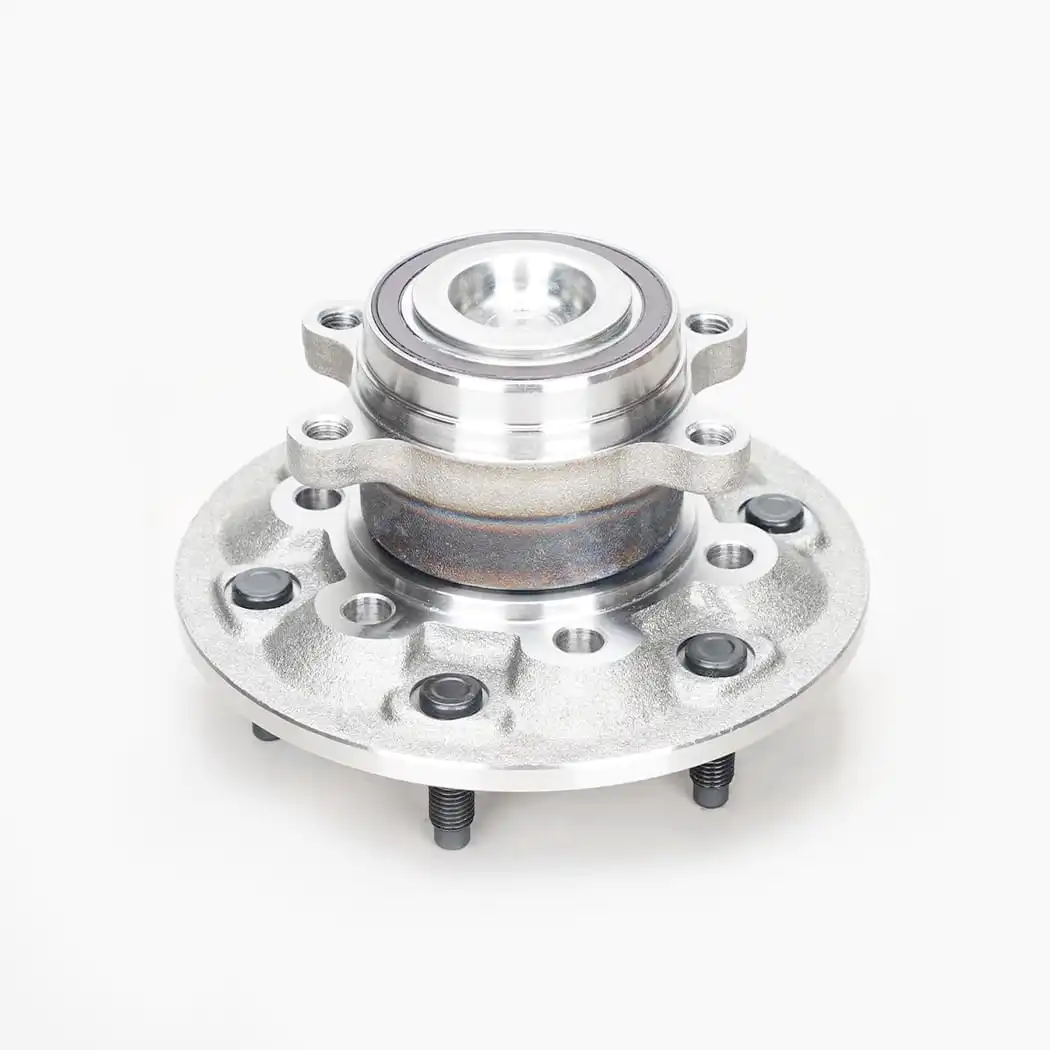The surface treatment of WHEEL HUB ASSEMBLIES plays a vital role in the manufacturing process, which directly affects the performance, durability and appearance of the wheel hub. The following is a detailed discussion of the surface treatment of WHEEL HUB ASSEMBLIES.
Surface treatment is not only to enhance the appearance, but also to improve the corrosion resistance, wear resistance and strength of the wheel hub. In the operation of the car, the wheel hub assembly is often exposed to various harsh environments, including salt water, mud, chemicals, etc., so good surface treatment can extend its service life and reduce maintenance costs.
Spraying is the most common surface treatment method in WHEEL HUB ASSEMBLIES. By spraying the paint evenly on the surface of the wheel hub, a protective film can be formed. The advantages of spraying include:
Effectively prevent rust, especially in humid and salt spray environments. A variety of colors and effects can be selected to improve the appearance. Relatively low cost and high application flexibility.
Anodizing is mainly suitable for aluminum alloy wheels. An oxide film is formed on the aluminum surface through an electrochemical reaction, which has excellent corrosion resistance and hardness. The advantages of anodizing include:
Enhanced the wear resistance of the wheel hub and extended service life. The oxide film can be dyed to provide a variety of visual effects. Relatively less harmful substances, in line with environmental protection requirements.

Galvanizing and chrome plating are to cover the wheel hub surface with a layer of zinc or chrome through electroplating technology. The advantages of this treatment method include:
The protective layer of zinc and chrome can effectively resist oxidation. Chrome plating can add gloss to the wheel hub and improve the appearance quality.
Powder coating is a solvent-free coating technology with good wear resistance and chemical resistance. Its advantages include:
No volatile organic compounds (VOC) are contained, reducing environmental pollution. The coating thickness is uniform and can effectively cover defects. It can resist ultraviolet rays and climate change and is suitable for various environments.
Surface treatment is not only an improvement in appearance, but also significantly affects the overall performance of WHEEL HUB ASSEMBLIES. For example, high-quality corrosion-resistant treatment can prevent the wheel hub from rusting in salt spray and humid environments, reducing the failure rate. In addition, good wear resistance can ensure the stability and safety of the wheel hub under high load conditions.
With the advancement of science and technology, surface treatment technology is also constantly developing. For example, the application of nano-coating technology can greatly improve the wear resistance and self-cleaning performance of the surface. In addition, the research and development of environmentally friendly coatings is also driving the industry towards a more sustainable direction.
The surface treatment of wheel hub assemblies is a key link to ensure their performance and durability. By selecting the appropriate surface treatment process, not only can the aesthetics of the hub be improved, but also its performance in various harsh environments can be enhanced. With the continuous advancement of technology, future surface treatment methods will be more environmentally friendly and efficient, bringing new opportunities and challenges to wheel hub manufacturing.